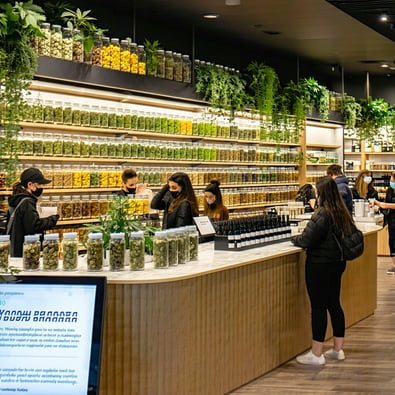It’s been more than two years since Governor Tim Walz signed the state’s legalization bill into law, yet many entrepreneurs are still waiting for the chance to sell legal marijuana. In fact, even though some retailers have secured licenses from the Office of Cannabis Management (OCM), their shelves remain empty. This delay has left both customers and business owners frustrated, highlighting the challenges of rolling out the Minnesota Cannabis; market.
One example comes from Fridley, where dispensary owner Jen Swanson spent years navigating regulatory hurdles and finally earned her license. Her store is ready, complete with security systems and staff, but there’s one glaring problem no product to sell. Under state law, retailers may only stock cannabis grown in Minnesota. That rule was designed to keep the market safe and regulated, but it has created a slow, uneven start for the Minnesota Cannabis; industry.
Cultivators were supposed to get a head start through a pre-approval system, but lawsuits forced OCM to scrap that plan last November. As a result, growers had to wait in line for licensing alongside everyone else, with the first cultivation permits issued in June. This means the earliest Minnesota-grown cannabis won’t be harvested until fall. Until then, licensed stores in the Minnesota Cannabis; market have little choice but to wait—and pay overhead with no revenue.
White Earth Nation currently has the only compact with the state, though it has not yet decided how to wholesale its product. More compacts are expected, but the timeline remains uncertain. Medical marijuana providers could also sell to recreational retailers once they receive special licenses. Still, none of these options have materialized quickly enough to ease the financial strain on businesses already investing heavily in the Minnesota Cannabis; rollout.
Retailers say the delays are devastating. Many are paying mortgages or rent, covering salaries, and maintaining compliance standards without the ability to generate income. As one business owner put it, “By the time we open, we’re going to be so far in the hole it’s going to take a while to climb out.” That’s not the launch entrepreneurs envisioned when the state promised opportunities in the new Minnesota Cannabis; economy.
An OCM spokesperson insists the supply chain will catch up. With seven cultivators now licensed, medical providers moving toward expanded roles, and more tribal partnerships on the horizon, officials are confident the system will stabilize. But for retailers and customers eager to see the Minnesota Cannabis; market thrive, patience is running thin.
The rollout demonstrates a central lesson: legalization is only the first step. Building a reliable and balanced supply chain will ultimately decide the success of Minnesota Cannabis; for years to come.





